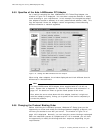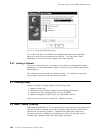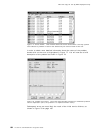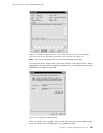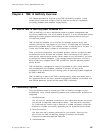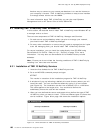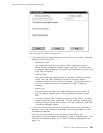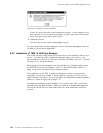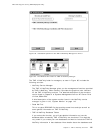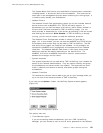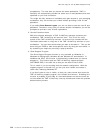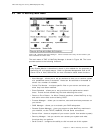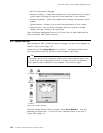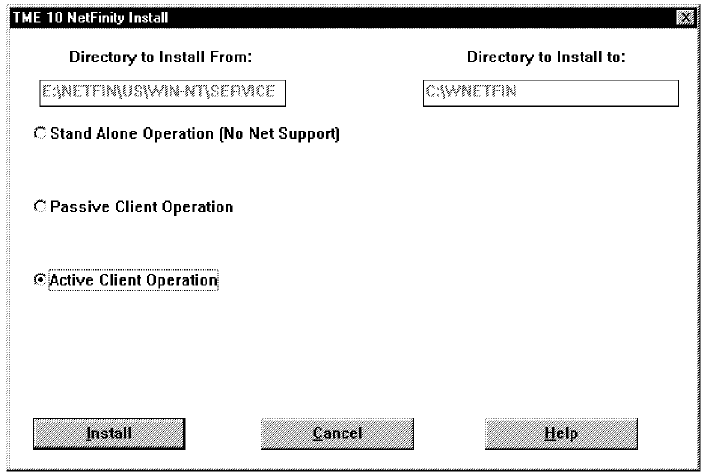
This soft copy for use by IBM employees only.
Figure 82. Choice of TME 10 NetFinity Client
5. The following are the different types of clients that you can install. Figure 82
depicts what the options are.
•
Stand-alone client
The stand-alone client can only perform TME 10 NetFinity functions
locally and has no network interface support installed. This means that
the network administrator has no access to this workstation over the LAN
using TME 10 NetFinity.
•
Passive client
The passive client can′t perform most of the TME 10 NetFinity functions
locally. Only the TME 10 NetFinity services for the alert, security
manager and for the serial control are available. For the other services,
it can only respond and react to requests from a TME 10 NetFinity
manager.
•
Active client
The active client can perform all TME 10 NetFinity services locally. It
also can react to requests from a TME 10 NetFinity manager over the
LAN.
If you are installing TME 10 NetFinity services on your server, you would
normally install the active client code. This will allow you to do perform
NetFinity functions on the server directly. You may choose to install TME
10 NetFinity Manager instead.
6. You will see a window that shows you the actual status of the installation in
progress. If you are installing from diskette, you will be prompted to insert
the additional diskettes.
7. If you are installing either an active or passive client (that is, not
stand-alone), you are prompted to configure the TME 10 NetFinity client. This
definition is described in detail in 6.4, “TME 10 NetFinity Configuration” on
page 112.
Chapter 6. TME 10 NetFinity Overview 109



